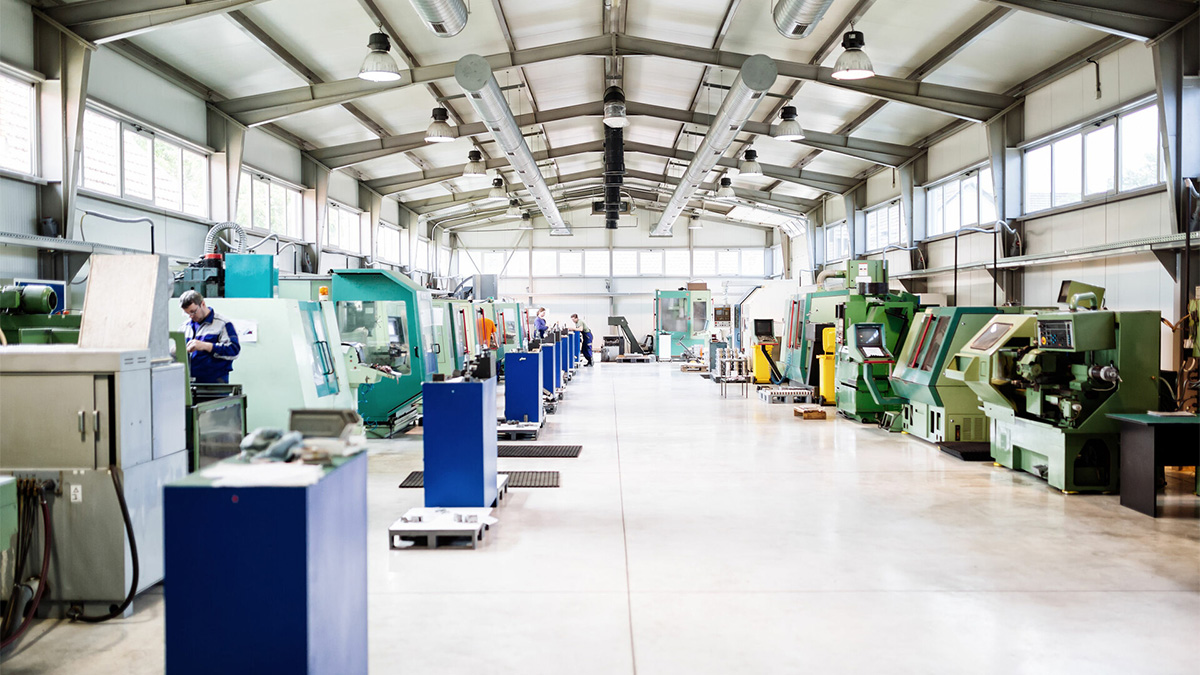The emergence of automation has had a great impact on many industries. Many highly repetitive factory operations may restrict production capacity. With the introduction of Industry 4.0, various technologies have led to the automation of production lines, from the supplying of raw materials, to assembly, distribution, and packaging. People are taking notice of these very important developments, and this article will explore some of these new forms of automation, and the value they bring.
What Is Automation?
Automation refers to automatic detection, analysis and processing used in manufacturing. These developments can allow machines to replace humans in performing cumbersome, repetitive or dangerous operations, thereby increasing efficiency, quality, accuracy, precision and workers safety.
Two main fields which automation has focused on are labor and information processing. Labor generally refers to manual work that requires highly repetitive operations. Information processing addresses data collection, and artificial intelligence to analyze that data to find solutions.
Multiple Industry 4.0 technologies are often integrated to automate production line from start to finish. They not only automate highly repetitive processes, but by using the Industrial Internet of Things (IIoT), they create innovative, decision-making applications that make factories smarter and create new developments for future progress of the economy.
Industrial Automation
Industrial automation was first proposed by Henry Ford with the production of the automobile. It became the model for automation in the manufacturing industry. Automation of manual labor and information processing has continued to develop since.
Automation of Manual Labor
Most of the earlier developments in automation were processes to replace physical labor. Machines were designed to replace the highly repetitive operations performed by humans.
Automation of Information Processing and Decision Making
With advancements in artificial intelligence technology, information processing and automated decision making has made great progress over the past ten years. Computers have greatly improved in their ability to acquire and analyze data, make decisions, and implement those decisions.
With the abundant resources available today, operators can combine relevant technologies to develop highly automated Industry 4.0 factories.
The Value of Automation
Automation has a significant impact on production and factory operations. Automating assembly and warehousing improves the productivity, accuracy and flexibility of production. Some of the advantages generated by automation include:
- Increased production: In the past, factories had to employ a lot of labor. In order to maintain productivity, workers had to work long hours. During vacations or maintenance periods, productivity may be reduced. Automation and other technologies allow normal operation to be maintained 24 hours a day, greatly increasing production.
- Reduced production costs: Although there will be initial costs at the beginning, automation of production can reduce labor costs in the long run, and only require a small workforce for oversight.
- Improve employee environment: Many industrial environments may have risks of exposure to chemicals or high-voltage electricity, etc., Automation systems assure that production lines are safe working environments, reducing the risk of accidents and related costs.
- Product quality control: Automated machinery will not suffer from fatigue or burnout, or be affected by other human factors, so the probability of errors in the production process is relatively small. Automated production can be more accurate than manual production, providing high and consistent quality.
- Provide customized products: The demand for customization in the market is gradually increasing. Factories with automated production systems have greater flexibility to mass-produce customized products for enterprises, bringing new revenue streams.
Advantages and Challenges of Automation
Many people fear that automation will replace manpower and cause people to lose job opportunities. Although the need for manpower will be reduced, automation will improve productivity, product consistency, and efficiency. Manual routine and repetitive operations will be reduced, but more focus will be placed on other important tasks.
Of course, besides its advantages, automation will also face some challenges. For example, designing automation systems requires time and energy to achieve optimization. Automation needs to be integrated with the entire production line to be optimally leveraged for best functionally.









.png)




